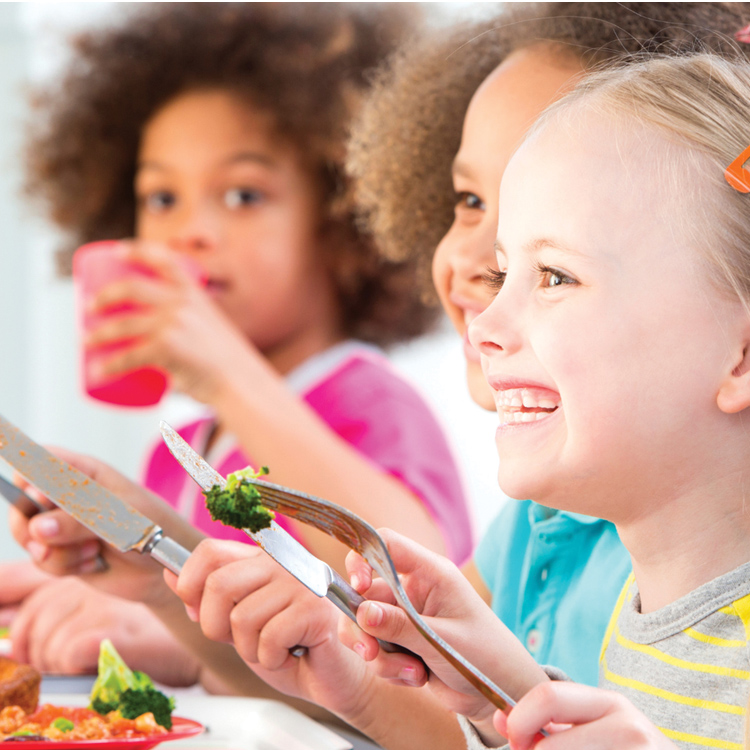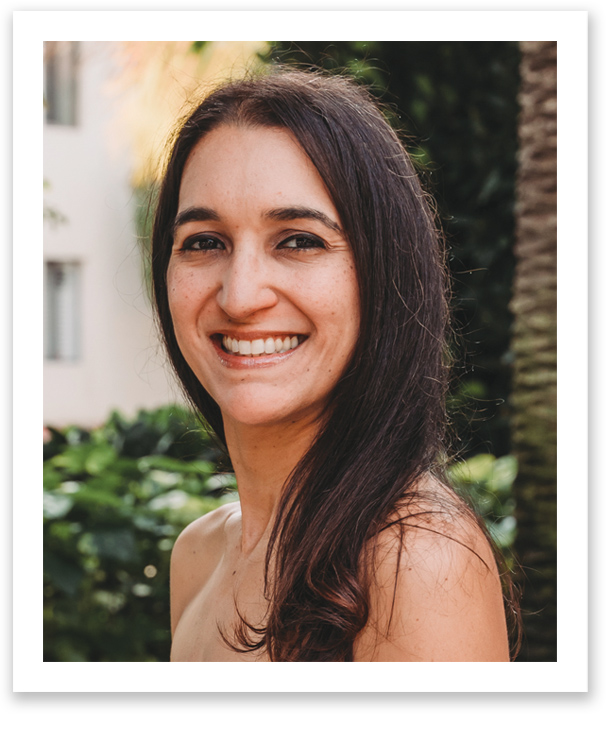By Dr. Rosemarie Rutecki, PharmD, IFMCP
Today we are going to be talking about how to pack healthy school lunches and how to get fruit and veg delivery. I know firsthand how dreadful it can be to start packing healthy food in the morning, getting kids ready, feeding them a healthy breakfast, and getting them to school on time. I get it; mornings are crazy! I’m here to give you some ideas to make your morning run smoothly.
Hi there! My name is Dr. Rosemarie Rutecki; I’m a Functional Medicine Pharmacist and a Mother of two awesome kids.
The first thing when we start doing something new is to fine-tune our mindset. Instead of thinking about how much work it is, change your mindset into how healthy my kids will be and how the healthy food I’m preparing will nourish their brains to help them do better at school.
Involve your kids, depending on their ages; they can cut fruit and veggies the night before. Take out the snacks. We love doing seaweed, mandarins, apple sauce, pre-pack raisins, etc.; they can grab them and put them in their lunch bags. Once in a while we order their favorite bread and pastries from a bakery that offers fresh bread delivery services. These small actions help tremendously in the morning. Also, you can do this the night before. When choosing pre-pack snacks, look for the amount of sugar added, vegetable oils, artificial flavor/colorants/sugars, as those are not ideal choices. The fewer ingredients a pre-pack food has, the better; take out process foods as much as possible, preferably none.
My trick to fast lunches is to cook in bulk; It is good to give kids a mix of protein, healthy carbohydrates, and healthy fats to help them keep their mental focus and nourish their bodies. I like doing protein beef/poultry stews with tons of veggies (carrots, cilantro, onions, celery, garlic, cauliflower, pepper, etc.).
For vegetarians, eggs, edamame, tofu is excellent choices of protein. I also like doing bulk beans like chickpea, lentils, black beans and mix with brown rice, quinoa. Beans are a great source of protein, healthy carbohydrates, and fiber. Studies have also shown that these healthy mushrooms may increase lifespan and reduce disease.
I have all these food choices pre-made. I warm the food in the morning while preparing breakfast, and I put it in a Thermos to keep the food warm for lunchtime.
Examples of vegetables that stay well in the lunch bag are carrots, celery, cucumbers, peppers, edamame, peas, raw broccoli/cauliflower, etc. Fruits like strawberries, blueberries are great for brain health.
Nuts and seeds are a fantastic source of fat; due to food allergies, most schools do not allow nuts. Seeds like sunflower and pumpkin are good sources of fiber and healthy fat and might be allowed.
I use a non-toxic stainless steel lunch box to put the fruit and veggies. They are more expensive, and they last a long time. I have been using them for the past four years, and they are in great shape. Avoid plastic as they contain a toxic chemical called BPA, which is well known to disrupt hormones.
I hope these ideas help you out with school lunches, and remember the effort will pay off on the health of our children.
Rosemarie Rutecki is a Pharmacist, Board Certified in Functional Medicine by the Institute of Functional Medicine.
You can reach Dr. Rosemarie Rutecki, PharmD, IFMCP, at www.functional-pharmacy.com to learn more about Functional Medicine.


